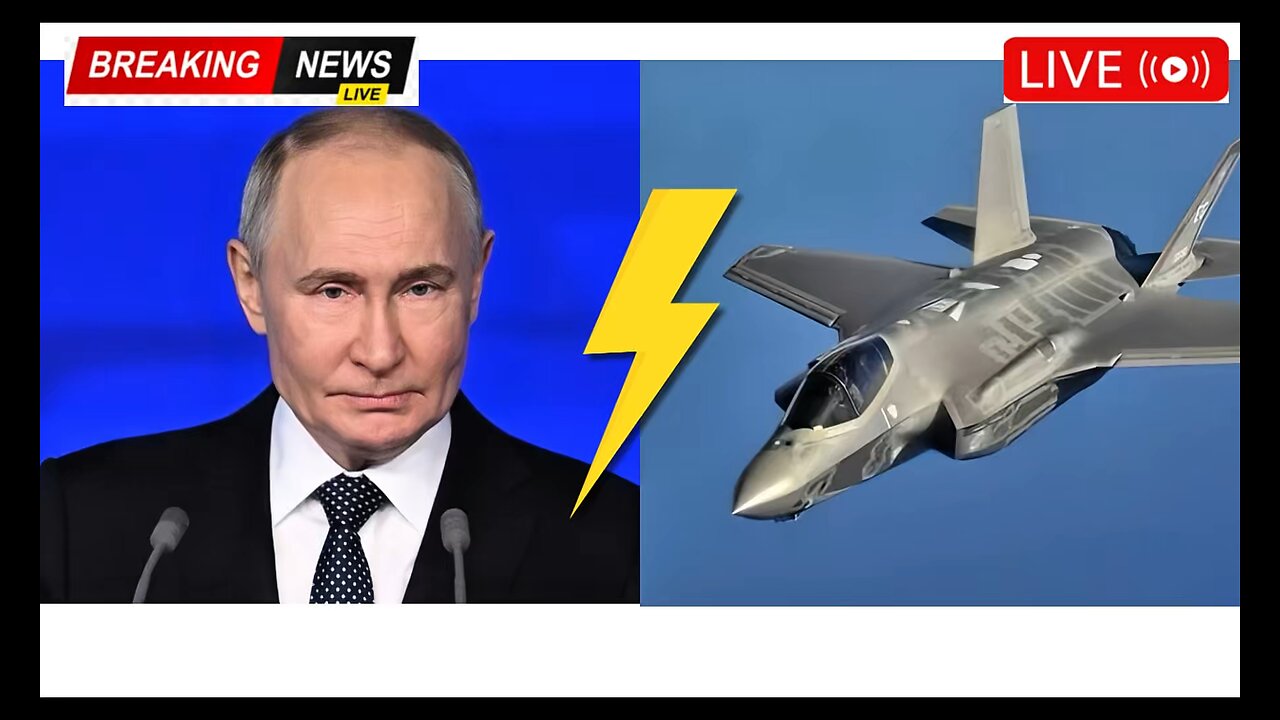Premium Only Content

Russia launches supersonic trump card Su-57M1, causing concern in the West
Russia launches supersonic trump card Su-57M1, causing concern in the West
Russia has unveiled the Su-57M1 — a stealth fighter its designers say marks a decisive turning point in the country’s fifth-generation aircraft program. Where earlier Su-57 prototypes were criticized as lagging behind the American F-22 and F-35 and China’s J-20 and J-35, the M1 upgrade promises substantial improvements in air-combat effectiveness.
The Su-57M1’s airframe has been redesigned, its engines upgraded to the more powerful Saturn AL-51F1 (Izdeliye 30), and its avionics and weapon suite significantly enhanced. The new engine is reported to produce roughly 11,000 kgf (about 107.9 kN) of dry thrust and up to 18,000 kgf (about 166.8 kN) with afterburner — a notable step up from the AL-41F1S. These propulsion gains, together with refined aerodynamics, allow the aircraft to sustain cruise speeds above Mach 2 and deliver an extended operational radius of about 1,500 km, outpacing the F-35 in reach.
Signature-reduction measures on the Su-57M1 include glass-fiber air inlets, fewer movable external parts, and serrated control surfaces to lower radar cross-section and thermal signature. Internally carried hypersonic missiles preserve stealth during high-speed engagements. The radar package centers on the N036 Belka active electronically scanned array (AESA), which reportedly uses more than 1,500 transmit/receive modules, can track some 60 aerial targets simultaneously, and engage up to 16 of them — capabilities that significantly boost situational awareness.
Compared with the F-35’s AN/APG-81, the Su-57M1’s dual side-looking AESA arrays and distributed sensors along the fuselage aim to extend detection range and improve target discrimination. Its avionics incorporate artificial intelligence to automate preflight checks and mission planning with a single button; the integrated AI fuses sensor data to propose tactical options and reduce pilot workload. This approach resembles “cognitive cockpit” concepts in Western next-generation programs and is intended to enhance survivability in dense electronic-warfare environments and amid threats from swarms of unmanned aircraft.
For long-range strike, Russia fields the internally carried Izdeliye 810 hypersonic missile. At roughly four meters long and weighing about 400 kilograms, it trades some range for stealthy engagement: it claims speeds in the Mach 7–9 band, a 40–60 kg warhead, and an effective range near 300 kilometers. Though shorter-ranged than some larger missiles, its high speed and lower detectability complicate interception.
The Su-57M1 retains thrust-vectoring nozzles for supermaneuverability, allowing controlled post-stall maneuvers that remain tactically valuable in close combat, especially when paired with short-range missiles capable of high off-boresight locks. It is also designed to operate with the S-70 Okhotnik-B unmanned combat aerial vehicle, expanding suppression-of-air-defenses capabilities in mixed manned-unmanned formations — an echo of Western projects such as Skyborg and Ghost Bat.
Priced at roughly $50 million per airframe — about half the average cost of an F-35 — the Su-57M1 could appeal to buyers who cannot or will not acquire Western fighters. Yet production expansion faces hurdles: Moscow reportedly has only around 15 Su-57s in various states of development or service, and sanctions have complicated scale-up. Russian planners have also been cautious about deploying the type widely over Ukraine to avoid exposing sensitive technologies.
With improved propulsion, advanced sensors, AI-enhanced avionics, and hypersonic strike options, the Su-57M1 embodies Russia’s take on fifth-generation design: prioritizing range, speed, and lethality in contested airspace rather than pursuing absolute stealth alone. Operational performance will reveal outcomes.
-
 LIVE
LIVE
Dr Disrespect
7 hours ago🔴LIVE - DR DISRESPECT - ARC RAIDERS - THE ULTRA EXTRACTION GAME
1,810 watching -

Barry Cunningham
14 hours agoBREAKING NEWS! PRESIDENT TRUMP MEETS WITH UKRAINE PRESIDENT ZELENSKY!
34.8K8 -
 54:37
54:37
HotZone
4 days agoTen Hostages Missing! Will Hamas Keep Its Word?
1101 -
 1:18:31
1:18:31
The Culture War with Tim Pool
3 hours agoTim Pool Vs. Liquid Death CEO DEBATE
91.2K96 -
 1:58:33
1:58:33
The Quartering
2 hours agoCrowder Roasts Entitled Black Man, Hasan Piker Meltdown, Leftoid Instant Regret!
25K33 -
 1:03:29
1:03:29
DeVory Darkins
3 hours ago $21.77 earnedKash Patel drops DEVASTATING NEWS for Democrats as ANTIFA suffers MAJOR LEGAL BLOW
69.1K77 -
 LIVE
LIVE
Jeff Ahern
1 hour agoFriday Freak out with Jeff Ahern
132 watching -
 1:14:56
1:14:56
Lara Logan
14 hours agoTHE ONLYFANS SCAM: Victoria Sinis Breaks Down the Dangers and Lies Targeting Your Children | EP 40
37.5K6 -
 3:02:51
3:02:51
Tundra Tactical
21 hours ago $0.28 earned{LIVE NOW} GunTuber Plays Battlefield 6...Terribly
11K3 -
 40:50
40:50
The White House
3 hours agoPresident Trump Participates in a Bilateral Lunch with the President of Ukraine
23K23